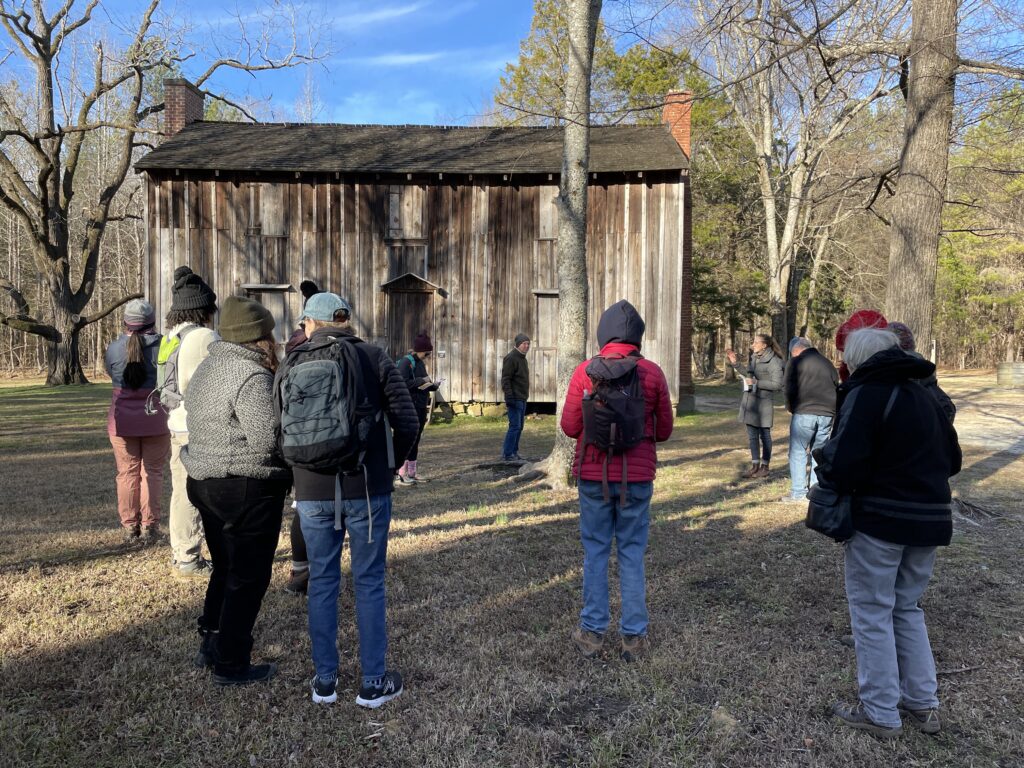
In January, twelve TLC Volunteer Trail Guides joined NC Botanical Garden Guides for a unique opportunity to tour Historic Stagville and Horton Grove. Volunteer Trail Guides are an integral part of TLC’s mission to connect people to nature in the Triangle and are tasked with leading community hikes and educating the public about the lands that TLC protects. This trip brought together an advanced group of our wonderful guides to dive deeper into the history of Horton Grove and gain the tools necessary for interpreting the history of the land.
With over 708 acres of land, Horton Grove Nature Preserve in Durham County is TLC’s largest public preserve. This property was once a part of one of the largest plantations in North Carolina, owned by the Bennehan-Cameron Family. By 1860, over 900 people were enslaved on the 30,000-acre plantation, which is today known as Stagville.
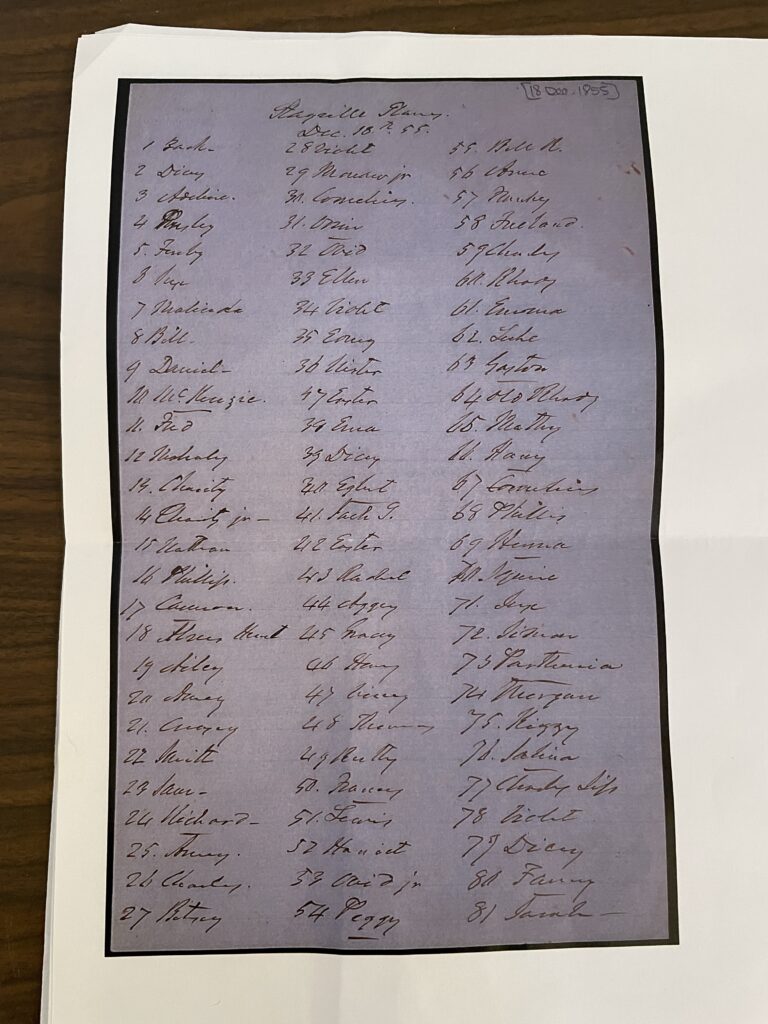
Connected to Horton Grove is Historic Stagville – a public state historic site that focuses on teaching about the local history of slavery and emancipation. Historic Stagville also preserves buildings and archaeology sites connected to enslaved people’s history. Several of these historic buildings can be seen from the trails at Horton Grove, such as the Great Barn and the Horton Grove slave dwellings – the only surviving original slave quarters from the plantation and the namesake of the preserve.
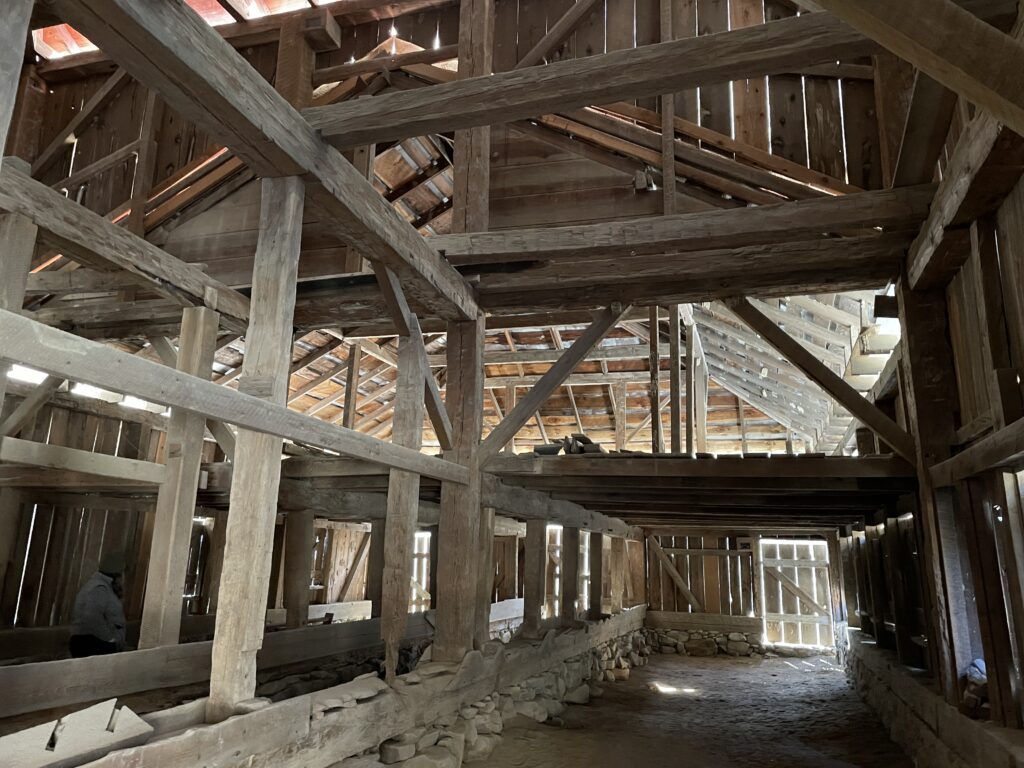
Horton Grove, like many of the lands that TLC protects, has a long history that is inextricably linked to stolen land, labor, and often unrecognized Indigenous and Black communities that lived on the land. Together with Historic Stagville staff, TLC has worked to represent Horton Grove’s history, including naming the preserve’s trails after local Black families that endured slavery there and engaging in staff and volunteer trainings that teach the story of the land.
“I think that it’s our responsibility to not only protect the land for its natural features, but to also conserve important history of our region. Working with Historic Stagville gives TLC staff and volunteers the invaluable opportunity to learn about the history of slavery at Horton Grove and provides us with tools to teach the public about the legacy and contributions of enslaved people on the property, “says Diquan Edmonds, TLC’s Education and Outreach Manager.
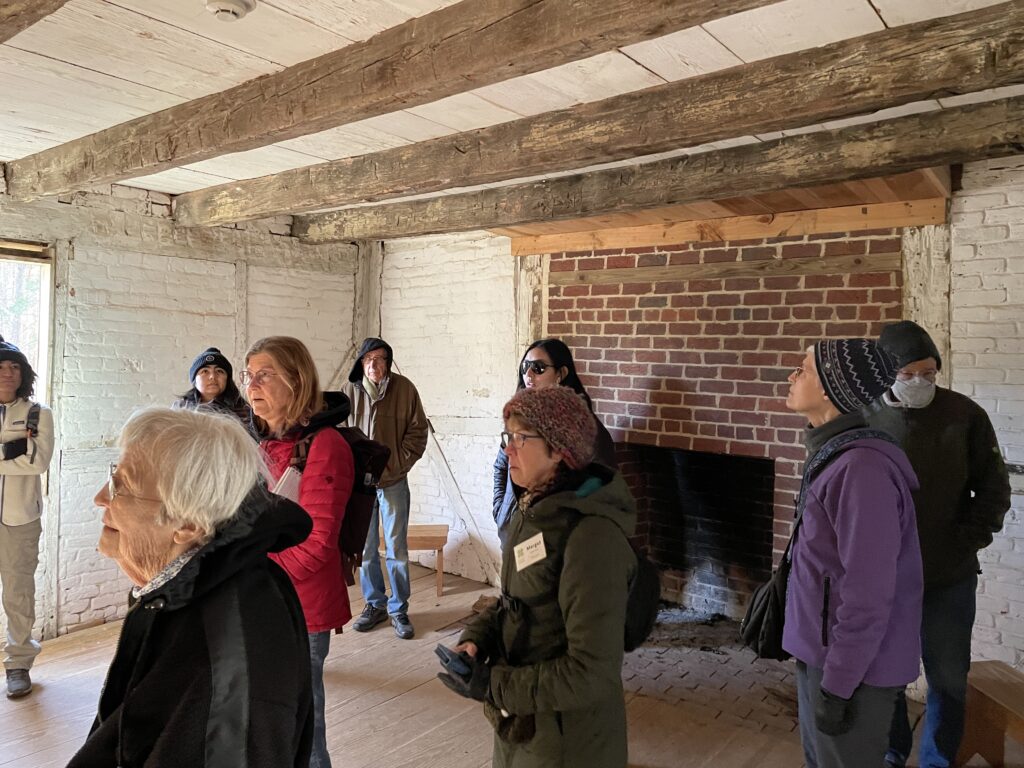
During the field trip, volunteers toured the historic buildings of the property with Historic Stagville Site Manager, Vera Cecelski. From learning about the handmade bricks that were used to construct the buildings onsite to the West African-rooted celebration of Jonkonnu, the guides learned about all aspects of life at Stagville. The group also participated in an exercise that demonstrated the power of language in accurate, ethical, and empathetic historical interpretation.
“I really enjoyed attending the training at Horton Grove/Stagville because it pointed out a lot of things that I wouldn’t have thought of outside of the basic primary school teachings of slavery and the history of North Carolina,” says Kenaz Flores, UNC Chapel Hill student and TLC’s Education and Outreach Intern, who attended the January training. “Something I really appreciated from the training was when we learned about what words to use and how the phrases we use affect the humanization of enslaved people. For example, we learned that using the word Underground Railroad usually led people to remember what they learned in school. That story usually centered heavily on white people helping enslaved people escape, so we learned that it’s best to avoid using the Underground Railroad as a key word in telling stories. I appreciated learning how to share these stories in an uplifting way rather than dehumanizing and degrading people.”
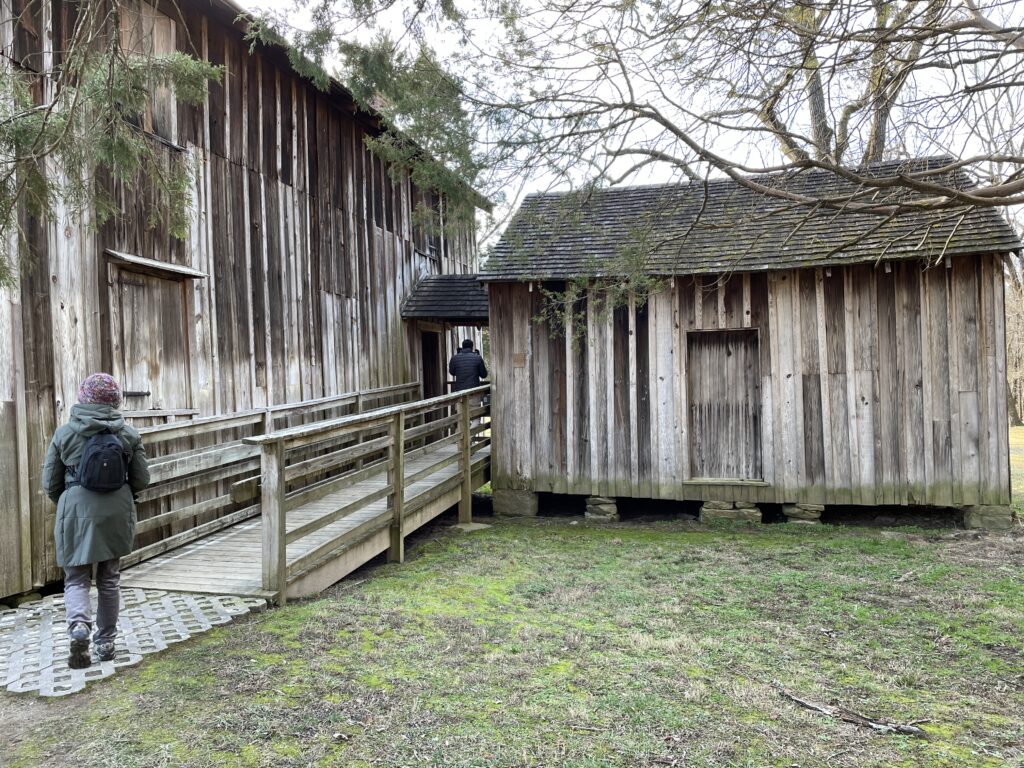
Though Horton Grove Nature Preserve makes up a small fraction of land once owned by the Bennehan-Cameron Family, it is an important part of local and American history. We hope to provide more opportunities in the future for our Trail Guides and other volunteers to continue learning about the history of the lands TLC protects.
Resources
Interested in visiting Historic Stagville? Admission to the site is free and open to the public Tuesday through Saturday, from 9 am – 5 pm. Visitors can tour the historic buildings and outdoor archaeological site. Historic Stagville offers a free audio tour and guided tours for a small fee. Plan your visit and check guided tour availability here.
You can learn more about TLC’s Trail Guide program and training here.
